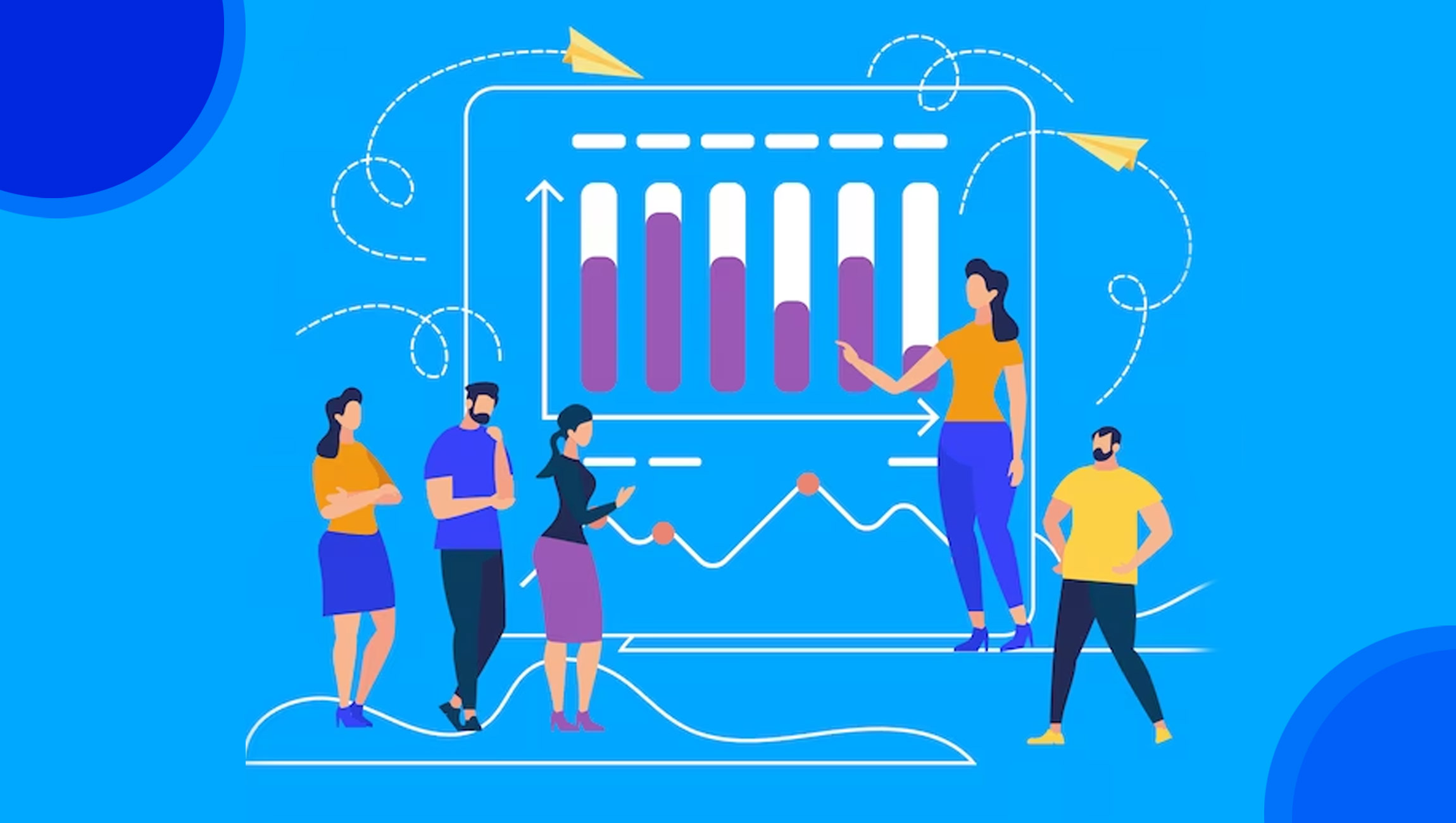In the modern times, strategies related to data analytics have become a core part of the operations at all digital businesses. It is important that leaders across organizations possess the ability to understand and have meaningful conversations related to data. This will help the companies be well-equipped to integrate the latest technologies with their operations. It is, therefore, important for digital enterprises to create a workforce that is equipped to make the most of available data through dedicated Chief Data Officers (CDOs). This workforce will be able to successfully quantify and communicate data to the concerned person through tracking relevant metrics.
Read More: 82% Of Rebates Miss the Mark. Here’s How To Build a Good One
What is Data Literacy?
Data literacy has been defined as the capability to write, read, and communicate data in a proper context. This includes knowledge related to different data constructs and their sources, relevant data techniques utilized, and the capability to define the application and resulting value from the analysis. In the age of digital dexterity, data literacy has emerged as an essential component of the business strategy to leverage the latest technology to ensure the achievement of specified business goals.
How can B2B sales leaders and marketing leaders boost data literacy practices for their teams?
Before formulating a strategy to boost data literacy practices for their teams, B2B sales leaders and marketing leaders need to assess the existing data literacy at the company. This will help create the narrative for data literacy in a meaningful manner. Some questions that the leader needs to answer before moving on to boosting data literacy practices are: –
- How many employees can complete simple statistical operations?
- How many managers are equipped to describe the system output in detail?
- How many managers can create a business plan based on concrete data?
- Are there any data scientists in the company who can understand machine learning?
After obtaining the answers to these questions, business leaders can move ahead with inculcating data literacy practices in their organizations. Here are some important tips to help with creating a data literacy framework within the organization: –
1. Leadership should lead
It is the duty of B2B sales leaders and marketing leaders to drive the culture of a company. For creating a data-driven company, leaders from across departments need to create an environment with a data-first approach. Management should take the lead in using data for communicating their strategic decisions to others. This will improve the chances of employees buying into data literacy programs as they will regard it as the best practice to be a contributing member of the organization.
2. Ascertain the present data literacy
Normally, data literacy initiatives are a steppingstone for the digital transformation of an organization. Therefore, before looking to enhance data literacy throughout the entity, leadership must ascertain the present levels of data literacy amongst the workers. It is essential to ascertain how teams are using and communicating data for different purposes. As there is no uniform approach that can be taken here, company management needs to ascertain how much data every department is leveraging. For instance, certain technical teams may already be well versed with data as compared to other departmental teams. After the digital literacy of the organization has been ascertained, management can go ahead with formulating a suitable strategy for improving data literacy.
3. Determine data literacy goals
No plan would yield any results if there were no clear goals that must be accomplished through it. In the case of a data literacy program, it is important for the leadership to define the desired goals. For large business enterprises, the goal of becoming a data-literate organization is a long-drawn process. It therefore becomes important to set short-term and long-term goals to achieve the desired results in a time-bound manner. The data literacy goals can also vary across departments.
4. Create a data literacy plan
Leaders need to remember that having a healthy mix of different learning techniques will boost the chances of employees acquiring the required levels of data literacy. Hence, the plan must include techniques like online classes, offline classes, LMS, group classes, seminars, quizzes, games, and other suitable strategies. The data literacy plan needs to be reviewed regularly as the dynamics of data analysis also evolve continuously.
5. Incentives and rewards
Encourage other employees to be data literate, can be a good strategy to reward the employees who have acquired the desired levels of data literacy. These rewards or incentives can be in the form of an increment, certificate of appreciation, or a certain monetary reward. This approach will encourage other employees to also give their best efforts to acquire the desired levels of data literacy.
By 2024, data literacy is destined to become an essential component for driving business value. This development assumes considerable importance in view of the fact that more than 75% of management programs and data analytics are now focused on data literacy. Hence, company leadership must undertake immediate steps to boost the levels of data literacy across the organization.
Read More: SalesTechStar Interview with Shawn Conahan, Chief Revenue Officer at Wildfire Systems





















